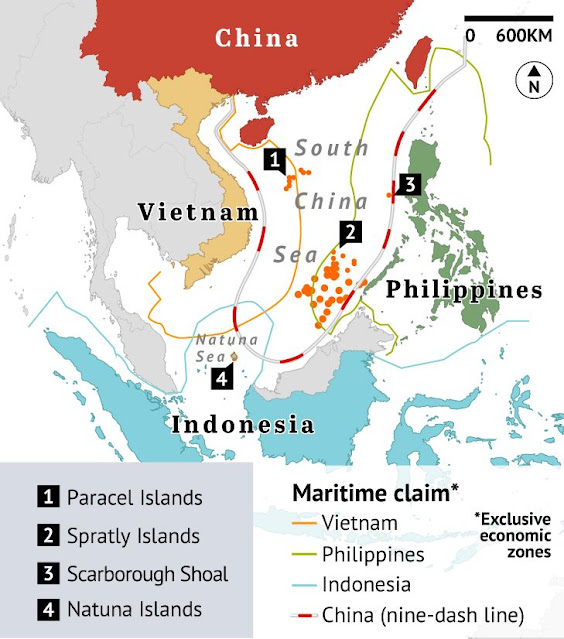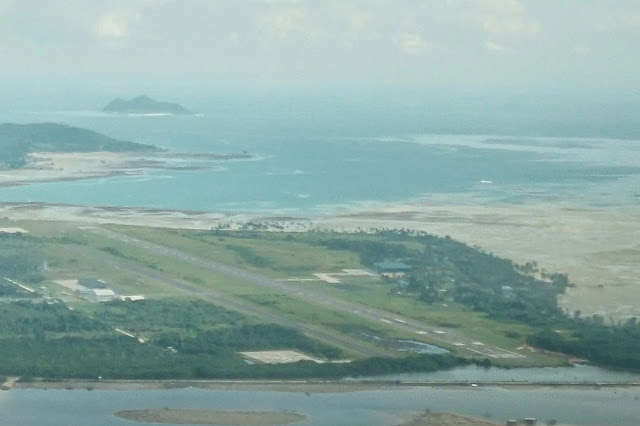PETE COMMENT
It appears Japan has maintained a large Plutonium stockpile because Plutonium, being the most common, modern, nuclear
explosive, gives Japan a future option of a nuclear weapons
capability.
Alternatively Japan maintains such a high profile nuclear breakout capacity to encourage continuing US maintenance of the nuclear deterrent umbrella against Japan's possible enemies (North Korea, China and Russia).
Japan and the US both realize that if Japan moved toward building its own nuclear deterrent this would severely destabilize the power balance in East Asia, eg. leading North Korea and China to rapidly enlarge their nuclear arsenals. Also South Korea and Taiwan might be tempted to follow Japan's indigenous nuclear weapons lead.
So the US is better off maintaining the nuclear umbrella so Japan doesn't need to build its own.
ARTICLE
MARI YAMAGUCHI for Associated Press, has written an
excellent article, dated October 21, 2020, at https://apnews.com/article/cabinets-recycling-yoshihide-suga-energy-policy-japan-66218c8a44a498a1535380066da466e9
.
“Japan sticks to nuke fuel cycle
despite plutonium stockpile”
TOKYO (AP) — Japan’s government said Wednesday it will
pursue its nuclear fuel recycling program that would involve extracting
plutonium from spent fuel, despite international concerns about the country’s
already huge plutonium stockpile and lack of prospects for effectively
consuming it as nuclear fuel.
Chief Cabinet Secretary Katsunobu Kato, at a meeting with
the governor of Aomori prefecture, home to Japan’s pending nuclear fuel
reprocessing plant, reaffirmed that new Prime Minister Yoshihide Suga’s
government will pursue the country’s nuclear energy policy.
“The government will firmly promote our nuclear energy
policy and fuel cycle programs,” Kato said. He said Japan will make effort to
reduce volume and toxicity of high-level nuclear waste, and extract plutonium
from spent fuel from a resource conservation point of view.
But critics say continuation of spent fuel reprocessing only
adds to Japan’s already large plutonium stockpile. Japan also lacks a final
repository for high-level nuclear waste.
Wednesday’s meeting came after the Nuclear Regulation
Authority granted a safety approval this past summer for the Rokkasho fuel
reprocessing plant, operated by Japan Nuclear Fuel Ltd., located in northern
Japan, for a planned launch in 2022. The authority also gave a preliminary
permit for the Rokkasho MOX fuel production plant, also planned for completion
in 2022.
Japan now has 45.5 tons of separated plutonium — 8.9 tons at
home, and 36.6 tons in Britain and France, where spent fuel from Japanese
nuclear plants has been reprocessed and stored because Japan lacks a plant to
produce MOX fuel containing plutonium at home. The amount is enough to make
about 6,000 atomic bombs.
Despite security concerns raised by Washington and others,
the stockpile is hardly decreasing due to difficulties in achieving a full
nuclear fuel recycling program and slow restarts of reactors amid setbacks from
the 2011 Fukushima disaster.
Japan reprocesses spent fuel, instead of disposing it as
waste, to extract plutonium and uranium to make MOX fuel for reuse, while the
U.S. discontinued the costly and challenging program. Allowed under
international safeguard rules, Japan is the only non-nuclear weapons state that
separates plutonium for peaceful purposes, though the same technology can make
atomic bombs.
Japan has pledged not to possess excess plutonium and to put
a cap on the amount of extraction from spent fuel. The Rokkasho plant operator
rules out any proliferation risks, citing tight safeguards and close monitoring
by the International Atomic Energy Agency."
----------------
Follow Mari Yamaguchi on Twitter at https://www.twitter.com/mariyamaguchi
-----------------------------------------------------
FURTHER READING
See Submarine
Matters' articles on Japan’s nuclear weapons capabilities written in 2008, 2012,
2013,
2016
and 2018.

